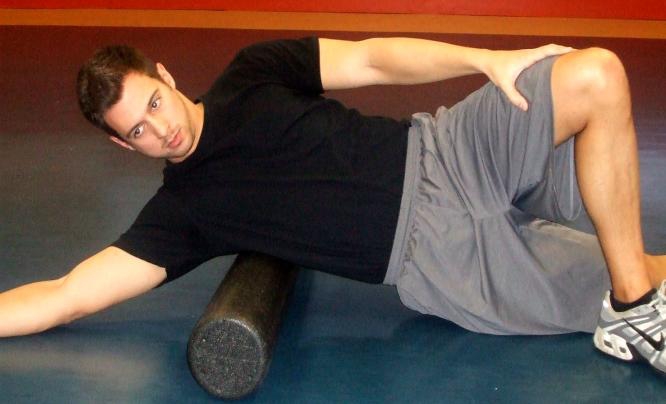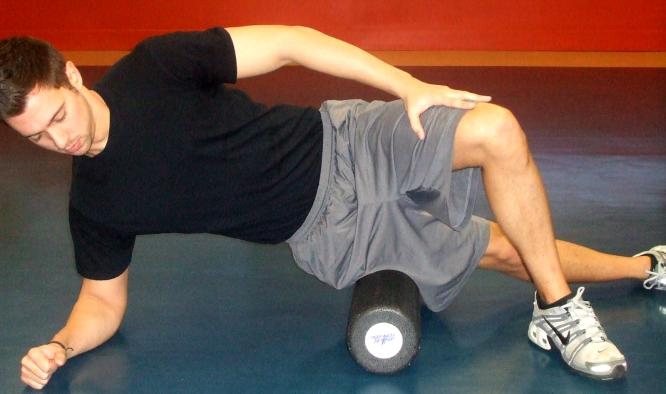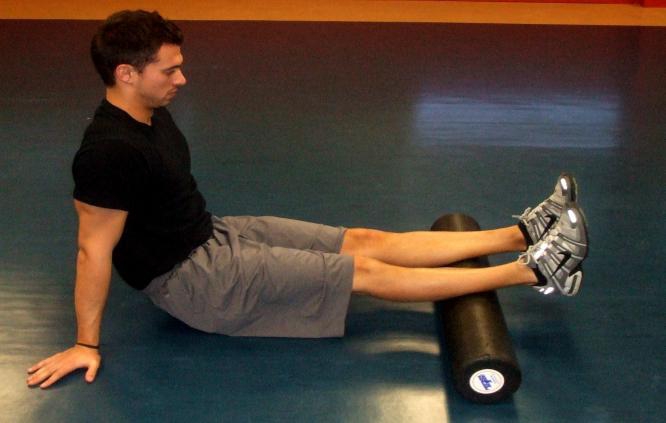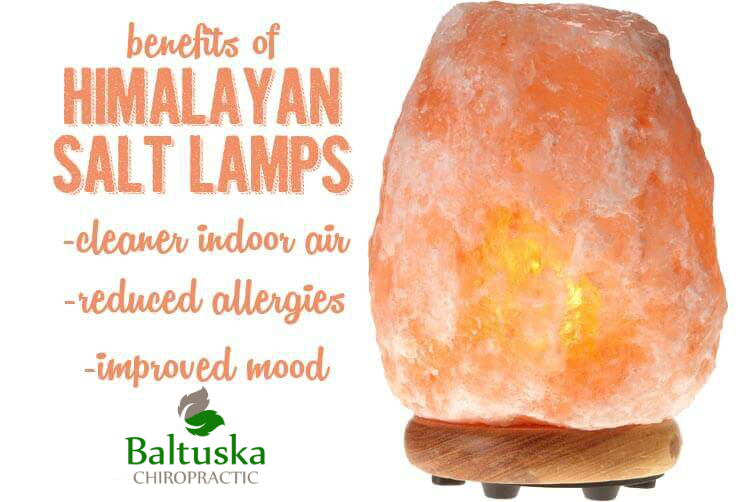Like these 10 Facebook Pages to add Health & Wellness to your Daily Newsfeed
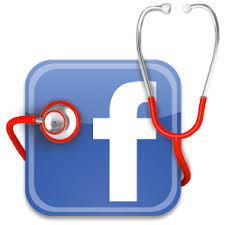
Like these 10 Facebook Pages to add Health & Wellness to your Daily Newsfeed
- Mark Hyman, MD: Rid yourself of your sugar addictions and overcome Diabetes naturally to get off of your insulin and other prescriptions.
- Food Babe: Vani Hari is a true activist and agent of change for the food world. She actively seeks the truth and justice from Big Food companies and food chains, holding them accountable and demanding the truth about harmful ingredients and food processes.
- David Perlmutter, MD: Author of the New York Times best seller and revolutionary game changer Grain Brain, David is shedding light on the truth about fat, wheat and processed grains. He is a highly respected author and physician and a revolutionary force in changing the face of health care.
- Dr. Christiane Northrup: A highly respected and well-known physician, Dr. Christiane Northrup is working to bring mind and body together, to heal and bring light to real-life health issues. She captivates her audiences with her speaking and focuses on the most pressing issues facing our society today.
- MindBodyGreen: Looking for one place that has all the health information you seek? MindBodyGreen is exactly that. They have mastered the art of bringing crucial and cutting-edge health information and advice to one central community.
- Gluten Free School: Here you’ll find an amazing collection of resources, recipes, interviews and blogs revolving around this niche topic. Jennifer Fugo brings you everything you need to know about living a gluten-free lifestyle for both beginners and veterans. With a podcast that features interviews with the top names in health and some of the most creative and delicious recipes I’ve seen, she is definitely bookmark worthy.
- The Blender Girl: The Blender Girl has successfully captured the attention of hundreds of thousands of people who are making small but meaningful health changes in their lives each day. Find delicious health promoting recipes here.
- Dr. Daniel Amen: An amazing advocate for health, Dr. Amen offers real-time solutions to real health issues. Join him as he actively brings health and wellness news and options.
- Michael Pollan: Michael Pollan is a game changer in the sphere of food and lifestyle. Author of amazing titles such as The Omnivore’s Dilemma and Food Rules, Pollan is shedding light on the truth behind food and our harmony with it.
- Environmental Working Group: The topics of toxins and food safety are not only challenging to understand, they are also complicated to navigate. The EWG is a heaven-sent organization actively working to bring you the facts behind food, toxicity and corporate responsibility.
- Baltuska Chiropractic: Thank you in advance! I’ll do my best to keep you up to date on my latest inspirations to find better health.



 We once thought that the human genome served as a recipe for the body and that when you end up with “bad genes” there is simply nothing that can be done. Sometimes “bad things” happen to “good people” and that was long thought to be the end of story. The fact of the matter is that what you are born with is only the beginning of the story, and every day, through the choices you make in the area of diet, exercise, meditation, and
We once thought that the human genome served as a recipe for the body and that when you end up with “bad genes” there is simply nothing that can be done. Sometimes “bad things” happen to “good people” and that was long thought to be the end of story. The fact of the matter is that what you are born with is only the beginning of the story, and every day, through the choices you make in the area of diet, exercise, meditation, and  Ayurveda Mind Body Dosha Type Test
Ayurveda Mind Body Dosha Type Test




 Protein is
Protein is 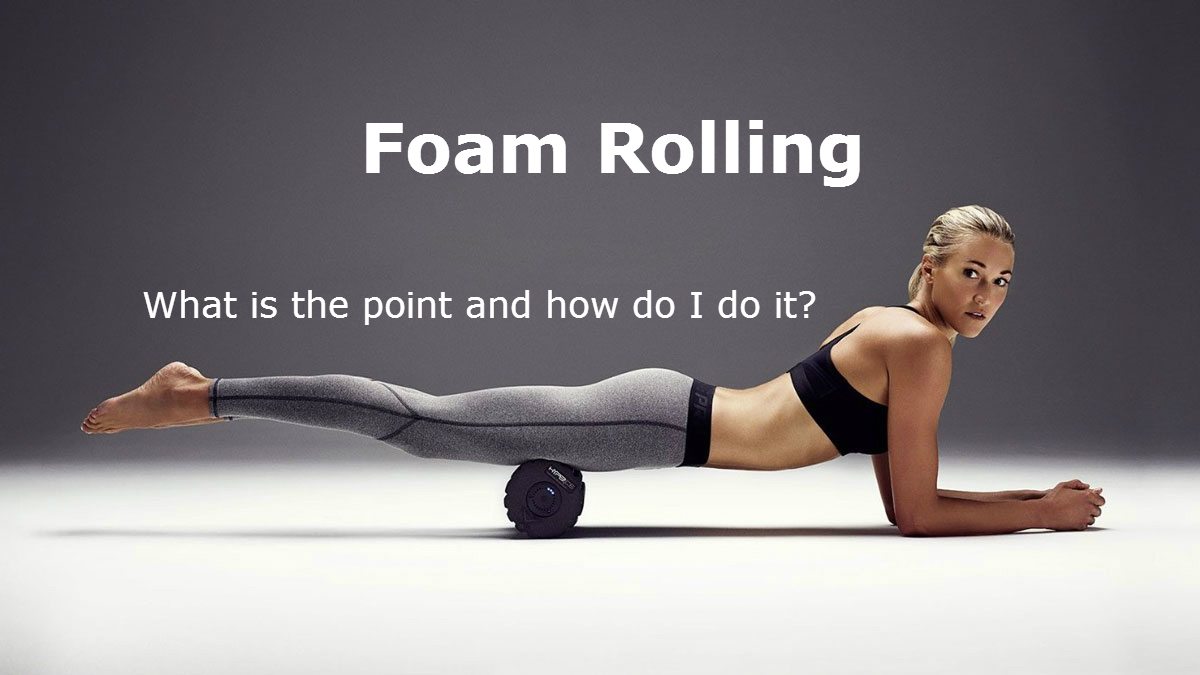 What is the point of foam rolling?
What is the point of foam rolling?
